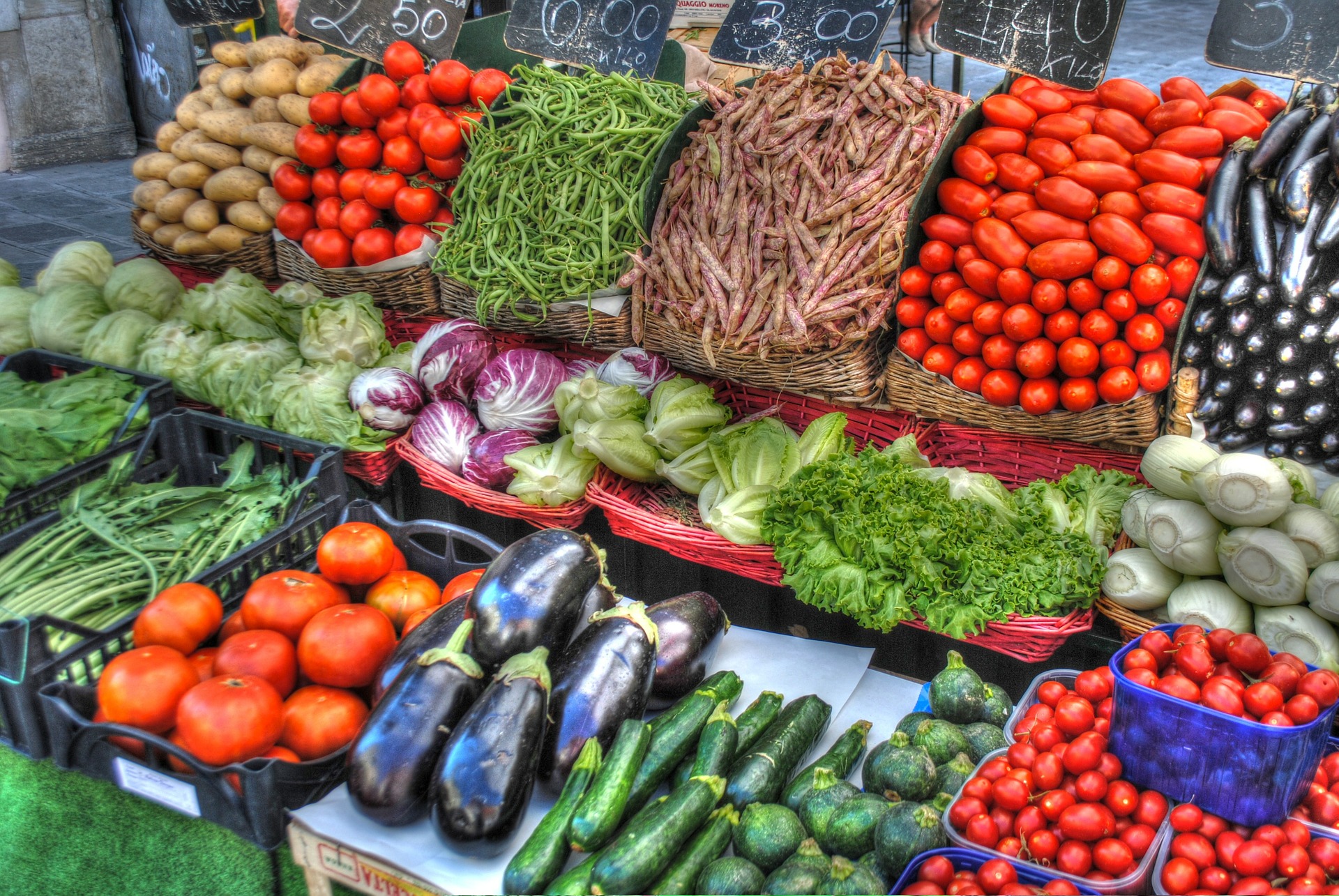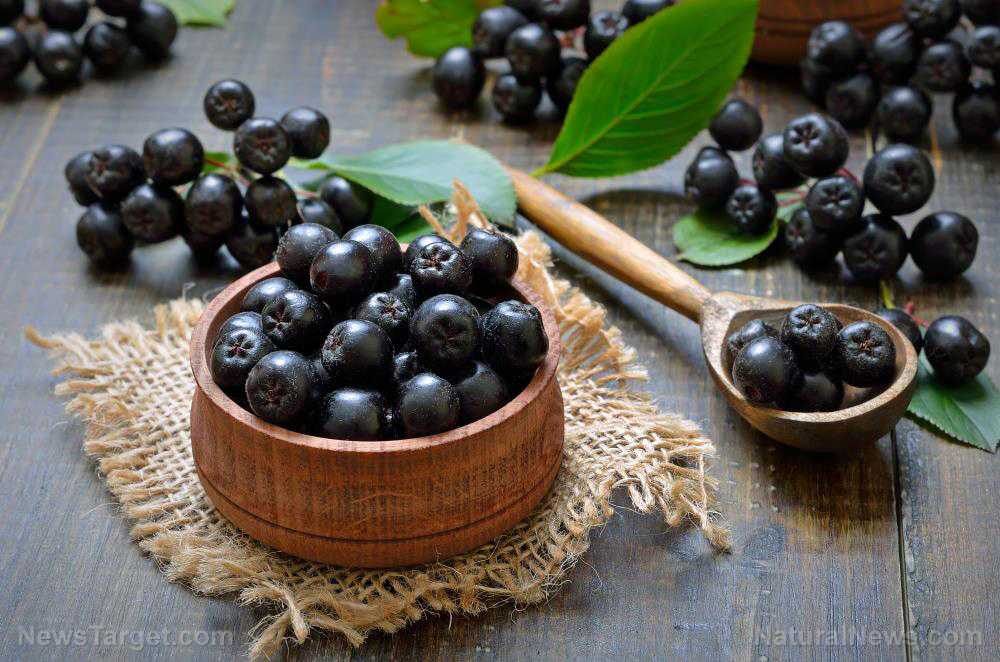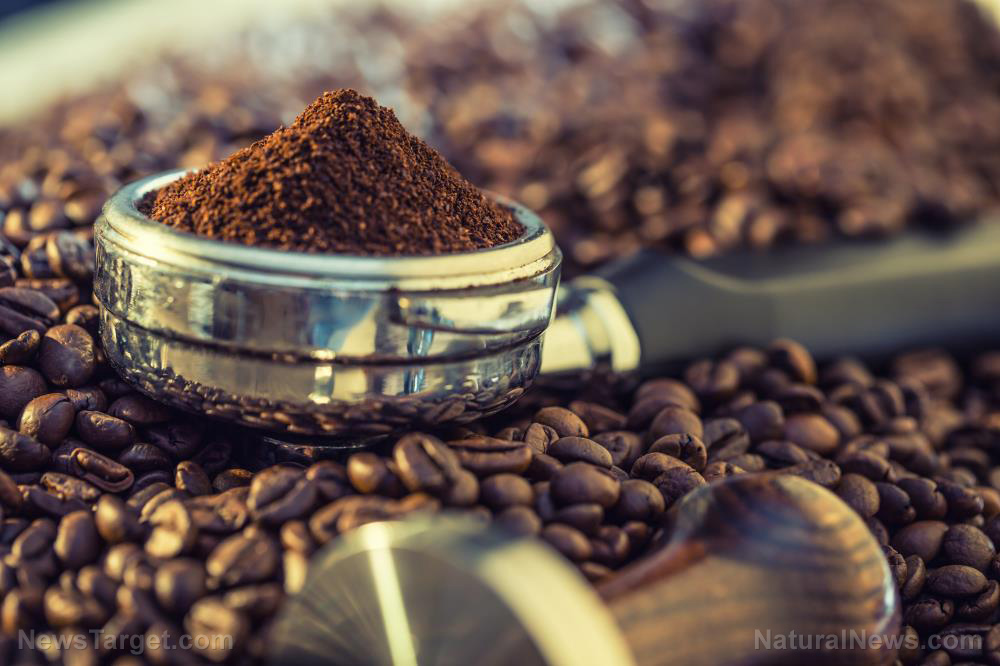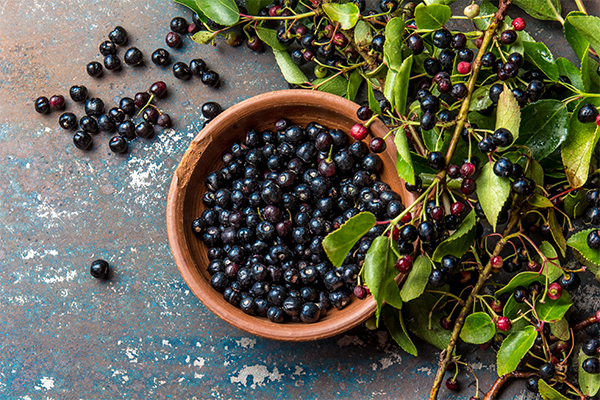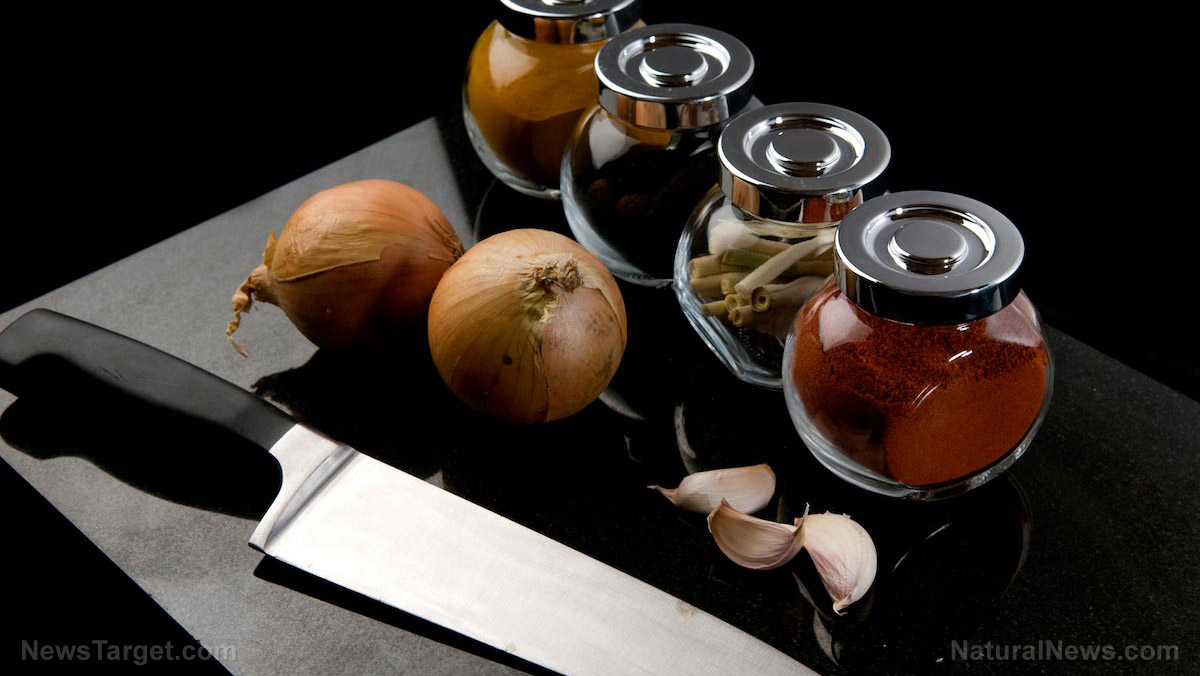Researchers find that the cotton tree may be a useful plant for treating Type 2 diabetes
10/18/2018 / By RJ Jhonson

Diabetes is a global epidemic. To reduce the rate at which its incidence grows every year, experts are not only encouraging people to follow lifestyles that do not have a high risk of developing the condition, many are also searching for natural treatments that efficiently target diabetes without causing any adverse effects. In a study published in the Chinese Journal of Natural Medicines, researchers investigated the ability of extracts from the leaves of the cotton tree (Bombax ceiba) to treat hyperglycemia common in Type 2 diabetes.
The study induced Type 2 diabetes on a rat model through a combination of a high-fat diet and streptozotocin, a chemical that kills the beta cells in the pancreas. The beta cells produce insulin and damage to them is identified as one of the possible contributors to Type 2 diabetes. Streptozotocin is also used as an antibiotic.
Standard extract of B. ceiba leaves (BCE) was given at doses of 70, 140, and 280 mg/kg to the normal, high-fat-diet, and streptozotocin groups. The researchers also took note of BCE’s effects on blood glucose, body weight, and serum biochemical parameters. Pancreatic tissues were also placed through histopathological observation.
Analysis showed that the administration of BCE led to a decrease in the concentration of fasting blood glucose, glycosylated hemoglobin, total cholesterol, triglyceride, low-density lipoprotein (LDL) cholesterol, serum insulin, and malondialdehyde, and increases in oral glucose tolerance, high-density lipoprotein (HDL) cholesterol, and superoxide dismutase in the rats with Type 2 diabetes.
These results revealed that aside from controlling blood sugar level and mitigating the factors that influence its rise, the administration of BCE also reduced the levels of “bad” fats like triglycerides and LDL cholesterol, both of which increase the risk of heart disease, while increasing the level of “good” HDL cholesterol. BCE also lowered oxidative stress by increasing the concentration of superoxide dismutase, the enzyme that converts the molecules behind oxidative stress into harmless hydrogen peroxide. This casts a protective effect on pancreatic beta cells which are especially vulnerable to cellular damage caused by oxidative stress.
The researchers concluded that BCE exerts antioxidant and protective effects on pancreatic beta cells. This, they believe, is the mechanism behind BCE’s effectiveness.
Natural ways to keep blood sugar low
The Centers for Disease Control and Prevention (CDC) estimates that about 10 percent of Americans suffer from diabetes. That’s almost 30 million and still counting. One of the first steps to treating diabetes naturally is to keep blood sugar levels at a minimum. Here are some tips to follow:
- Exercise – Engaging in physical activity is one of the best ways to maintain insulin sensitivity or the body’s ability to respond to the sugar in one’s blood. It also helps prevent obesity, a considerable risk factor in many health conditions including heart disease and diabetes.
- Carb control – Carbohydrates are broken down inside the body into glucose, which insulin then delivers to the cells. In case of a problem in insulin function, this process can fail and blood glucose levels can rise. (Related: These ten foods balance your blood sugar and prevent diabetes.)
- Fiber intake – A high-fiber diet has been shown to have beneficial effects against blood sugar. Dietary fiber slows down the digestion of carbs and the absorption of sugar, preventing rapid rises in blood glucose levels. Of the two kinds of fiber, soluble fiber is known for its hypoglycemic effects. It is commonly found in vegetables, fruits, and whole grains.
- Hydration – Drinking plenty of water every day has many benefits. First, it flushes extra sugar off the body through urination. It also rehydrates the blood, lowering glucose levels in the process. Water is also the best thirst quencher, discouraging the need to drink sugary beverages that can raise one’s blood glucose levels.
- Low glycemic index foods – The glycemic index indicates how the body responds to particular foods that contain sugar. The lower a certain food item is in the index, the better it is for one’s blood sugar. The higher it is in the measure, the more that it should be avoided. Foods that are low on the glycemic index include fish, meats, oats, whole grains, sweet potatoes, most fruits, and non-starchy vegetables.
Learn more about natural treatments for Type 2 diabetes at DiabetesScienceNews.com.
Sources include:
Submit a correction >>
Tagged Under:
alternative medicine, antihyperglycemic, Bombax ceiba, cotton tree, diabetes, herbal medicine, Herbs, hypoglycemic, natural cures, Type 2 Diabetes
This article may contain statements that reflect the opinion of the author
RECENT NEWS & ARTICLES
COPYRIGHT © 2017 PREVENTDIABETES.NEWS
All content posted on this site is protected under Free Speech. PreventDiabetes.news is not responsible for content written by contributing authors. The information on this site is provided for educational and entertainment purposes only. It is not intended as a substitute for professional advice of any kind. PreventDiabetes.news assumes no responsibility for the use or misuse of this material. All trademarks, registered trademarks and service marks mentioned on this site are the property of their respective owners.

